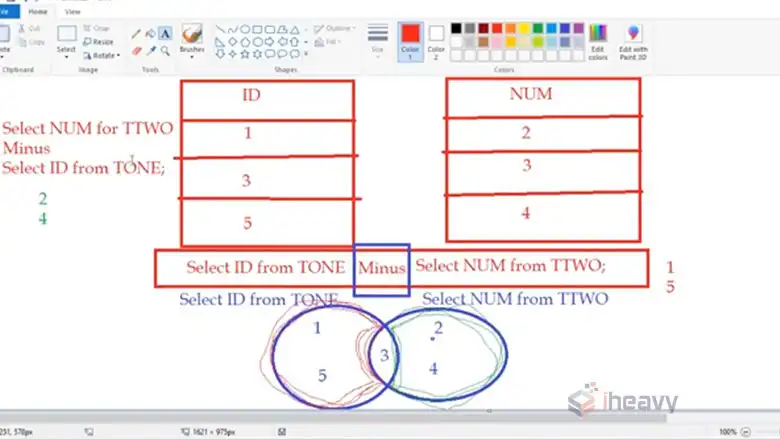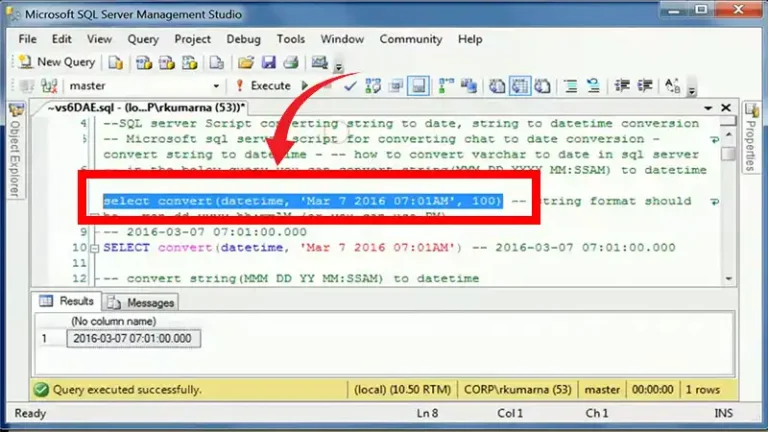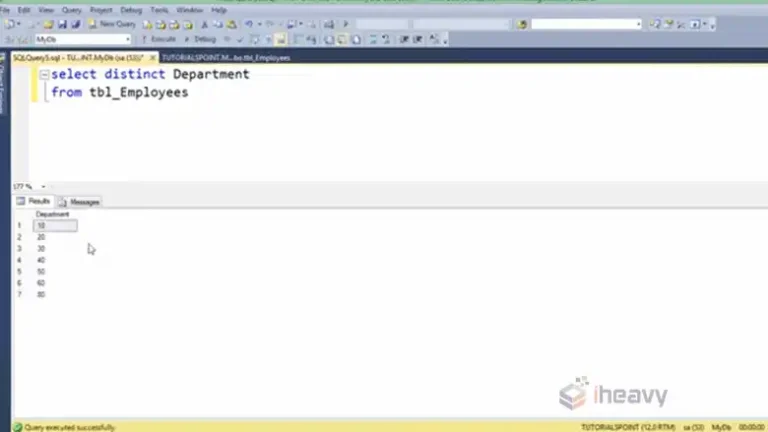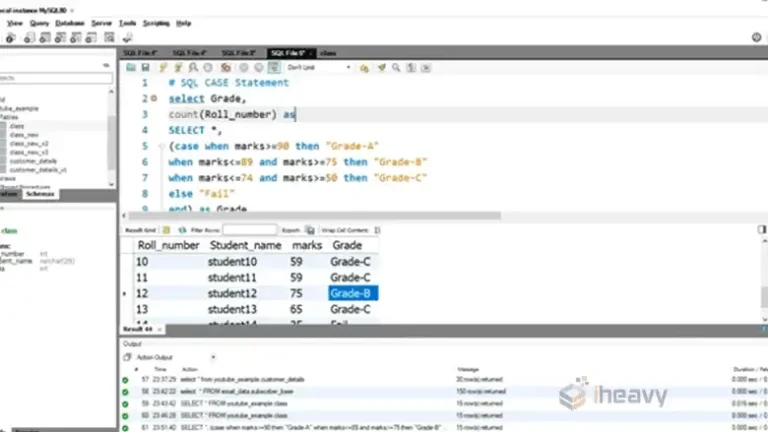Alternative For Minus In SQL | 4 Solutions
In SQL, the MINUS operator is used to subtract the result set of one query from another, but not all SQL dialects support it directly. Alternatives include the EXCEPT operator, which works similarly in databases like PostgreSQL and SQL Server.
You can also use a LEFT JOIN with a WHERE clause to filter out matching rows by checking for NULL values, or a NOT EXISTS subquery to exclude rows present in another query. For single-column comparisons, the NOT IN clause is a simple and effective option. These methods provide flexibility in achieving the same result as MINUS depending on your SQL environment.

Why might I need an alternative to the MINUS operator in SQL?
You might need an alternative to the MINUS operator in SQL because not all SQL dialects support it natively. The MINUS operator, which is primarily used in Oracle and some other databases, is designed to return the difference between two result sets by removing rows found in the second query from those in the first.
However, if you’re working with a database system like MySQL or SQL Server, you’ll find that the MINUS operator is not available, requiring you to use alternative methods to achieve the same functionality.
How to Avail Alternatives For Minus In SQL
In SQL, there are several alternatives to the MINUS operator, depending on the specific SQL dialect you are using. The most common alternative is to use a LEFT JOIN or an EXCEPT operator (where supported).
Below are some alternatives. Note that each of these approaches can be used to exclude rows that appear in another table, similar to how the MINUS operator works. The best option often depends on the specific use case and the database system you are working with.
1. Using EXCEPT (Standard SQL)
The EXCEPT operator is functionally equivalent to MINUS in some SQL dialects (e.g., PostgreSQL, SQL Server).
SELECT column_list FROM table1
EXCEPT
SELECT column_list FROM table2;2. Using LEFT JOIN
You can achieve a MINUS operation using a LEFT JOIN combined with a WHERE clause that checks for NULL in the joined table.
SELECT t1.*
FROM table1 t1
LEFT JOIN table2 t2 ON t1.common_column = t2.common_column
WHERE t2.common_column IS NULL;3. Using NOT EXISTS
Another alternative is using a NOT EXISTS subquery.
SELECT *
FROM table1 t1
WHERE NOT EXISTS (
SELECT 1
FROM table2 t2
WHERE t1.common_column = t2.common_column
);4. Using NOT IN
You can also use a NOT IN clause if you’re working with a single column.
SELECT *
FROM table1
WHERE column_name NOT IN (
SELECT column_name
FROM table2
);Performance Differences: EXCEPT vs LEFT JOIN vs NOT EXISTS
There can be significant performance differences and the optimal choice often depends on several factors including the database system, the size and indexing of the datasets, and the specific structure of the queries.
1. Database System:
Different SQL databases optimize queries differently. For example, PostgreSQL might handle EXCEPT efficiently due to its native support, while MySQL, which lacks EXCEPT, might perform better with a well-constructed LEFT JOIN or NOT EXISTS.
2. Size of the Datasets:
The size of the tables involved can greatly impact performance. For large datasets, LEFT JOIN with a WHERE clause checking for NULL might result in slower performance due to the overhead of joining tables. NOT EXISTS can be more efficient in these cases, particularly when the subquery is indexed and selective.
3. Query Structure:
The complexity of the query and how the tables are related also play a crucial role. EXCEPT might be straightforward and fast for simple queries but could become less efficient in complex scenarios. On the other hand, LEFT JOIN is often used for more complex queries, but it might lead to unnecessary computations if not properly optimized.
4. Indexing:
Proper indexing can drastically improve the performance of NOT EXISTS and LEFT JOIN queries. When indexes are used effectively, NOT EXISTS can be particularly performant because the database can quickly check for the existence of matching rows without scanning the entire table.
5. Execution Plan:
The execution plan generated by the database can reveal how each operation (like EXCEPT, LEFT JOIN, NOT EXISTS) is performed internally. Sometimes, databases optimize these operations differently, and analyzing the execution plan can help you understand which method is more efficient for your specific case.
6. Testing and Optimization:
Given these variables, it’s often necessary to test different approaches on your specific data and workload. Running queries in your environment and analyzing the execution plans will help determine which method provides the best performance. In some cases, you might even find that a combination of methods (e.g., using LEFT JOIN in one part of the query and NOT EXISTS in another) yields the best results.
Frequently Asked Questions
What SQL dialects support the MINUS operator?
The MINUS operator is supported by Oracle, IBM Db2, and some other SQL systems, but is not available in MySQL and SQL Server.
How do I choose the best alternative to MINUS for my query?
The choice depends on the SQL dialect you’re using, the complexity of your query, and performance considerations. EXCEPT is straightforward where supported, while LEFT JOIN and NOT EXISTS offer flexibility.
Can I combine MINUS alternatives in complex queries?
Yes, you can combine alternatives like LEFT JOIN, NOT EXISTS, or even use subqueries and unions to achieve complex data filtering similar to MINUS.
Concluding Remarks
Alternatives to the MINUS operator include using EXCEPT (in databases like PostgreSQL and SQL Server), LEFT JOIN with a WHERE clause checking for NULL, NOT EXISTS subqueries, or NOT IN for single-column comparisons, all of which exclude rows from one table that exist in another.






